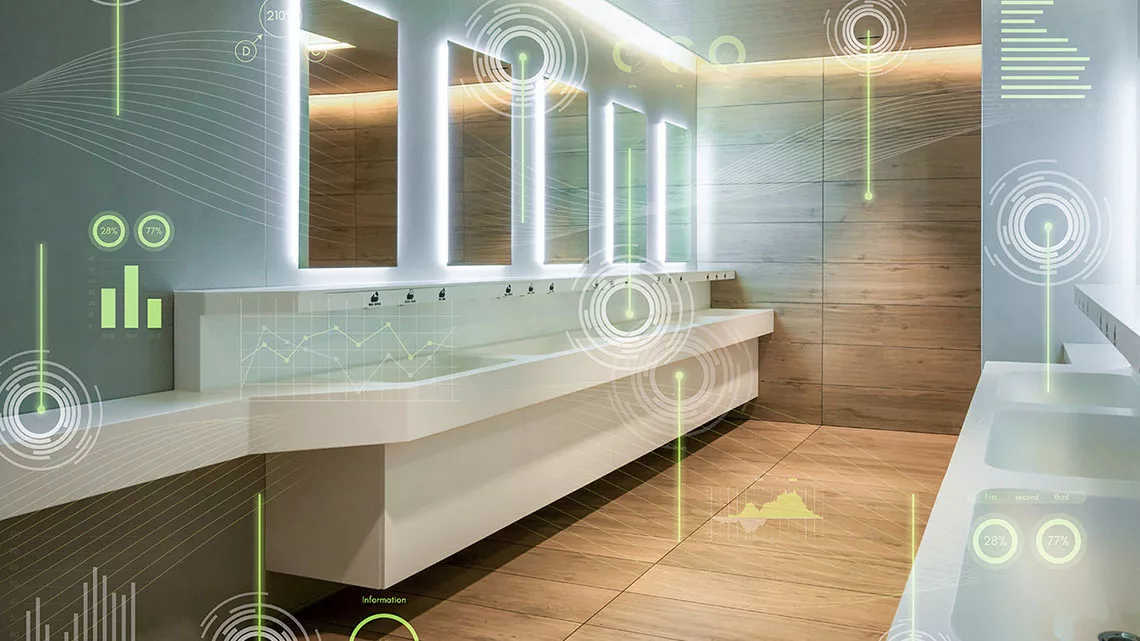Blogs
How Smart Building Technology Can Support ESG

ESG Really Matters
ESG (environmental, social and governance) is a set of standards by which a company is measured. The standards evaluate impact on the environment, on society and measure how accountable and transparent a business is.
ESG really matters. When a company performs highly in ESG, stakeholders know that it values sustainability across its activities, and respects social issues, such as diversity and equality.
In addition to demonstrating strong values, ESG has been proven to have a positive impact on a company’s worth. Studies have shown that businesses who rank highly across all three ESG categories perform better overall – particularly during a period of crisis.
Introducing Accountability with Governance
The Rise in Smart Building Technology
Beyond Money Saving
During the pandemic, companies realized that the advantages of Smart building technology went far beyond cost efficiencies. The tech allowed them to immediately and effectively offer safe and sustainable spaces. Of course, these offerings had always been there – they just hadn’t had to focus on them.
ESG was at the forefront of everyone’s minds, and smart tech made it easy.
In the months that followed, commercial buildings really had to shift things up a gear. As people returned to work, businesses were under scrutiny to offer safe, hygienic spaces. Factors such as air quality, temperature, and social distancing had to be managed properly, and Smart building technology made it possible.
Not only did the tech allow management to measure these metrics and create efficiencies where needed – it also informed companies how they were performing against their ESG claims, introducing a level of accountability that was desperately needed during the crisis.
Achieving the ‘E’ and the ‘S’
What about the ‘G’ in ESG?
What Next?
Latest Posts
World Earth Day: Advancing Water Sustainability with Smart Washroom Sensors
April 22 marks Earth Day, a global event dedicated to environmental protection and sustainability.
Why the Smart Washroom market is set for explosive growth in 2025
Smart washroom technologies have revolutionized the public restroom experience.
Revolutionising the passenger experience: How smart washroom technology transforms airport operations
From real-time hygiene monitoring to water conservation, IoT-driven washroomsare transforming passenger experiences and operational efficiency
Smart Washrooms in Airports
Modern airports are busy spaces. With millions of passengers transiting daily, efficiency and cleanliness are more than conveniences – they are necessities.
VERTECO Named in Facilities Management Middle East ‘top 2024 FM suppliers in the region’
Over the last 12 months, VERTECO’s portfolio of Smart washroom technologies has continued to grow and dominate the local market.
